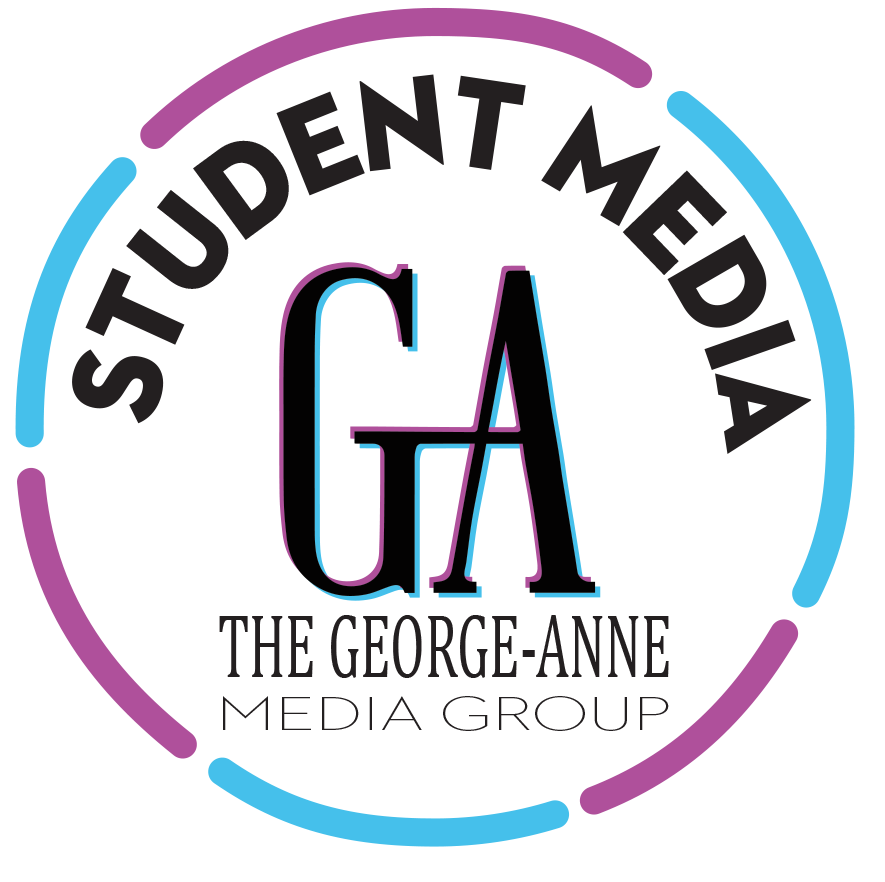How did the merger affect student athletes at Armstrong?
December 3, 2019
In Jan. 2017, the Board of Regents of the University System of Georgia voted to consolidate Georgia Southern and Armstrong State University into one school. The vote came without consideration from faculty and students from either school and there were mixed feelings about the merger.
On New Year’s Day in 2018, Georgia Southern and Armstrong State officially consolidated and there were many complications including budget cuts in many departments. As students, parents and faculty were forced to become acquainted with all of the changes that come with combining institutions, one of the many groups affected by the change were the student-athletes.
Armstrong State was a Division II school that competed in the Peach Belt Conference. It housed 154 student-athletes and gave out 61 scholarships, which totaled about $1.5 million.
The school had 12 overall sports with the women’s tennis team holding the most titles, eight over the span of 18 years.
When the merger happened, many student-athletes were stuck in their decision of whether or not they should transfer to continue their athletic careers at other Division II schools or focus on their academics as Eagles. Many knew that competing at the Division I level would be a challenge and in the end, very few Pirate student-athletes came to Georgia Southern after the merger.
“We had four student-athletes come over from Armstrong to compete for GS, one of which is still competing,” Lisa Sweany, former athletic director for Armstrong State, said. “The other 3 have used up their eligibility and have graduated or will graduate this semester. We had about 160 total student-athletes, some of which stayed at Armstrong and finished their degree, others that transferred to other institutions to finish competing in their sport.”
Georgia Southern was not as affected by the merger, in terms of money. At the Division I level, the NCAA has a limit on how many scholarships the school can provide. All 15 sports at Georgia Southern are fully funded, except for track, and finances are still stable. There are currently 294 student-athletes on scholarship.
“Since the consolidation, we have continued to fund all of our sports in the same manner,” Keith Roughton, senior associate athletics director of Georgia Southern, said. “As for a dollar amount, we budget approximately $5.6 million per year for student-athlete scholarships. This number has remained fairly consistent over the past several years only increasing due to increases in tuition amounts. Consolidation did not affect our scholarship budget.”
The athletes were given notice of the merger but, as previously stated, only four athletes out of 154 came over to Georgia Southern to continue playing sports. This merger could’ve been responsible for some athletes either dropping out of school because they wouldn’t be able to afford school without athletic scholarships or for students making huge life decisions at such a young age.
Though some athletic careers may be over due to the merger, any Pirate student-athletes who wished to remain at the now Georgia Southern-Armstrong campus had the choice to complete their degree with an undisclosed amount of financial aid, essentially a smaller buy-out. 16 former Pirates received $111,670 in scholarship aid. This money comes from the $90 student athletic fee on that campus, which can be compared to the $254 fee for main campus students.
Head softball coach Kim Dean came in and coached at Armstrong for a year before consolidation and brought some of her Pirate athletes to Statesboro with her. She recognizes that the merger affected more people than some administration may realize.
“The transition, being around people that came from Armstrong, made it as smooth as it possibly could have been,” Dean said. “Every day, I thought about the athletes that weren’t playing the game they loved and that they deserved to keep playing. Every day, I still try to make them proud. I still try to make Armstrong proud…My heart was still hurting for the athletes that I had to watch not get to play the sport anymore.”
Though the merger affected more Armstrong athletes than Georgia Southern, the statistic that only four Pirate athletes continued their athletic careers in Statesboro after 2018 speaks volumes.
Amanda Arnold, The George-Anne Sports Editor, gasports@georgiasouthern.edu


